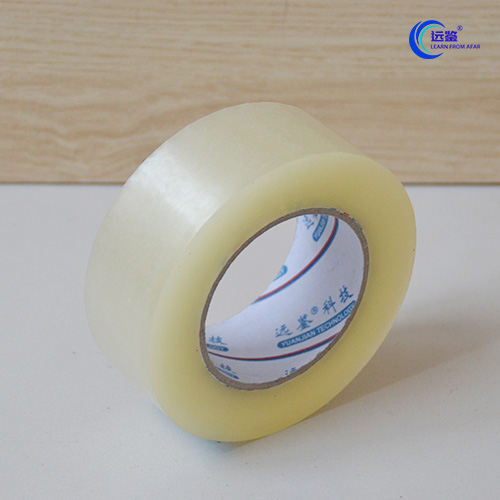Transparent packaging tape
The tape should be placed in a roll, not folded, and when stored for too long, it should be flipped every quarter. When loading and unloading conveyor belts, a crane should be used and beam type slings should be used for smooth lifting to prevent damage to the edges of the belt. Do not load and unload casually to form a loose and swinging sleeve. The types and standards of tape should be reasonably selected based on application needs and specific conditions.
Allow for the connection (installation and matching) of different types, standards, strengths, and fabric layers of tape. The conveyor belt joint is preferably hot vulcanized to improve reliability and adhere to high useful strength. The diameter of the conveyor drum and the minimum pulley diameter of the conveyor should comply with relevant regulations. Do not let the tape snake or move, adhere to the traction roller, the straight roller is elastic, and the tension should be moderate.
When the conveyor is equipped with baffles and cleaning equipment, wear on the tape should be prevented. Cleanliness is a fundamental condition for excellent operation of tape, as foreign objects can cause belt bias, poor tension, and even cracking. When it is found that the tape has been damaged in the early stage during use, it is necessary to promptly identify the cause and make corrections to prevent adverse consequences.


